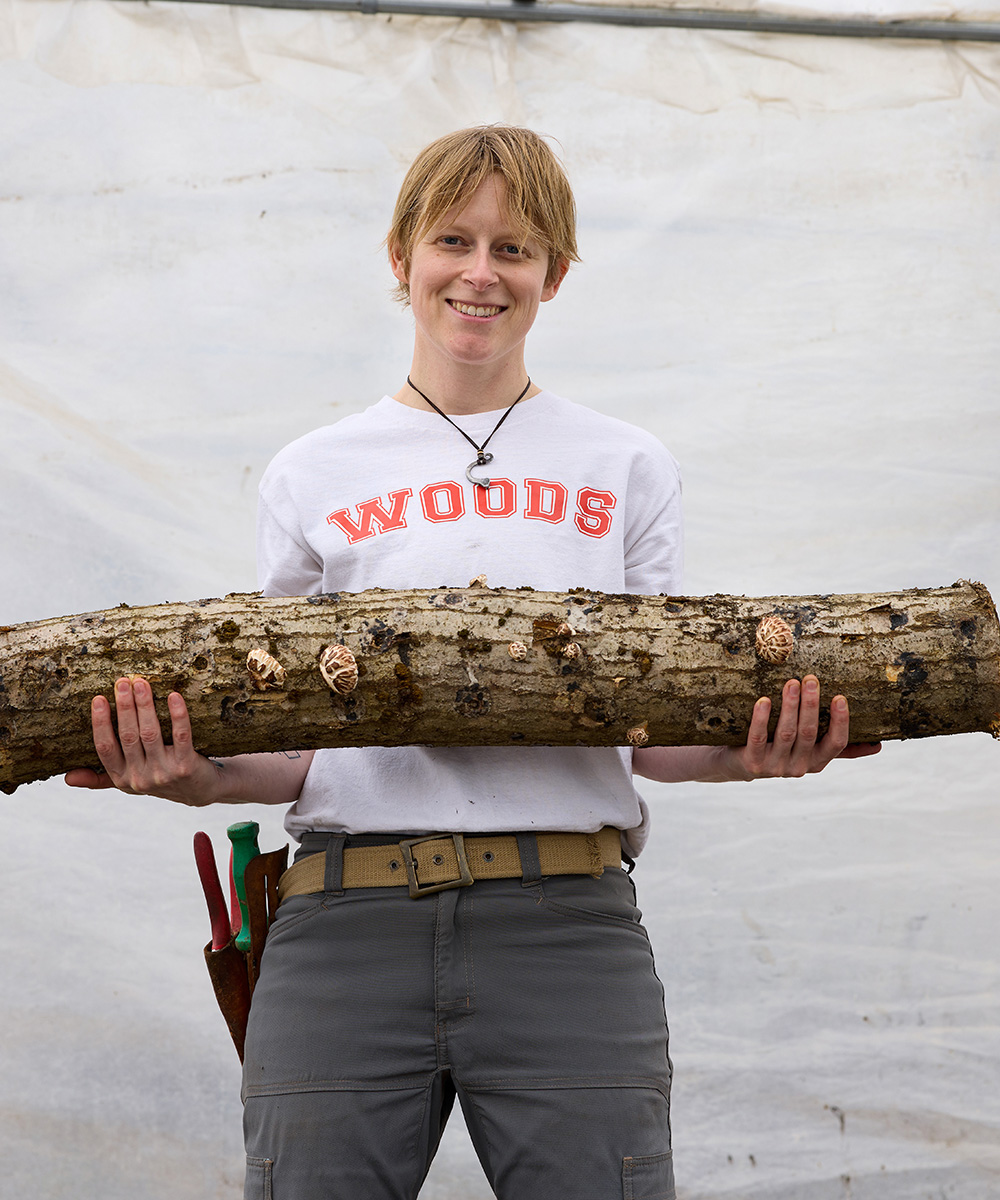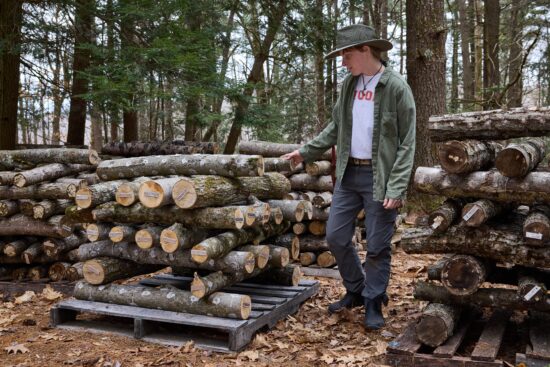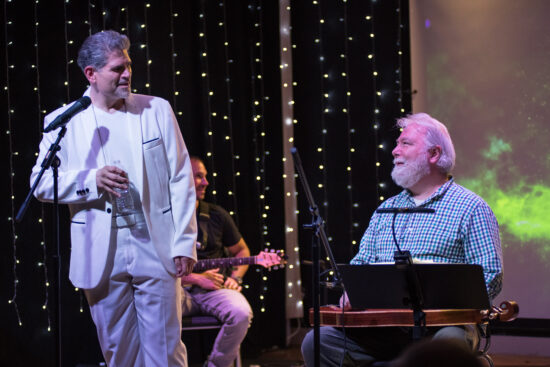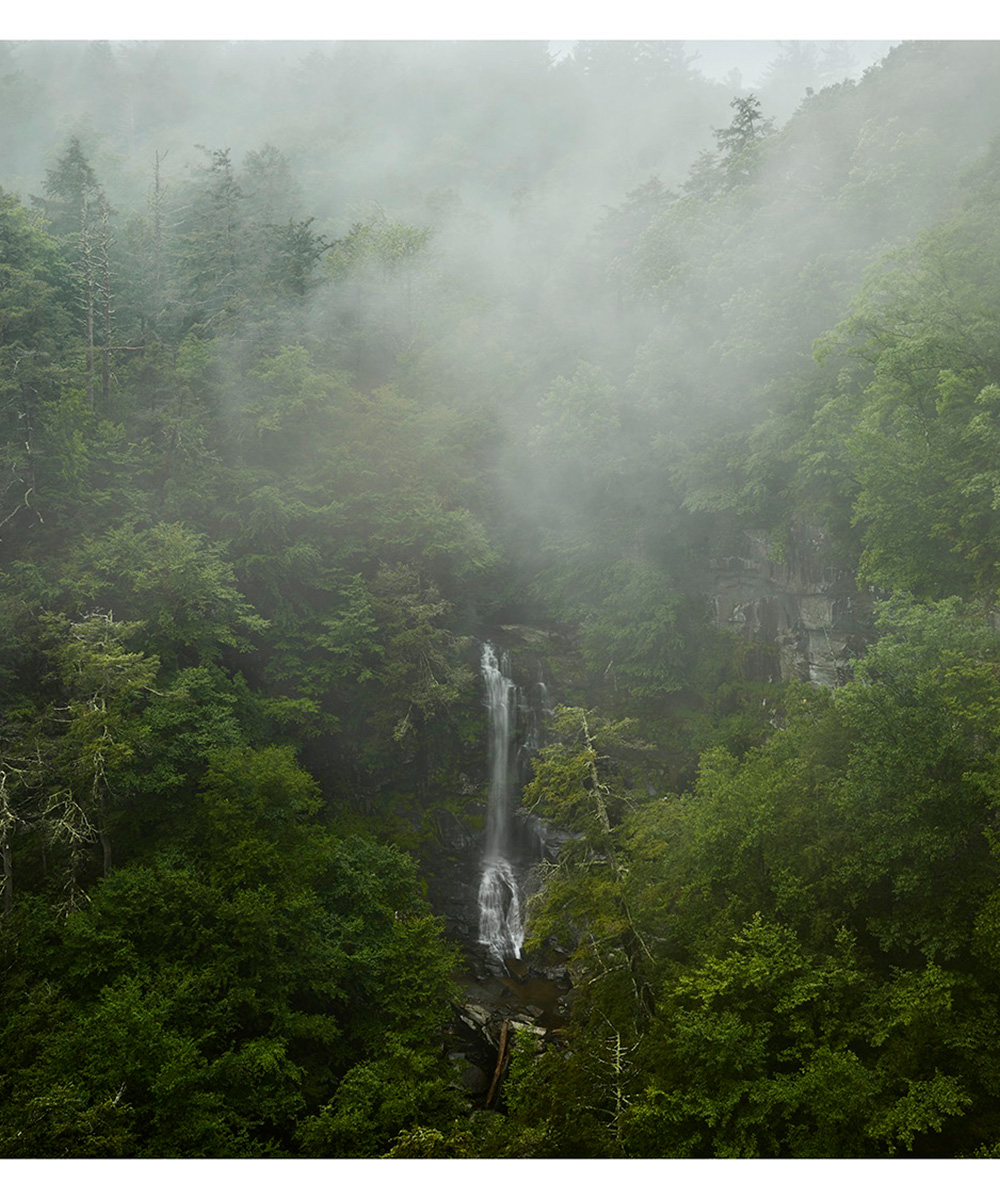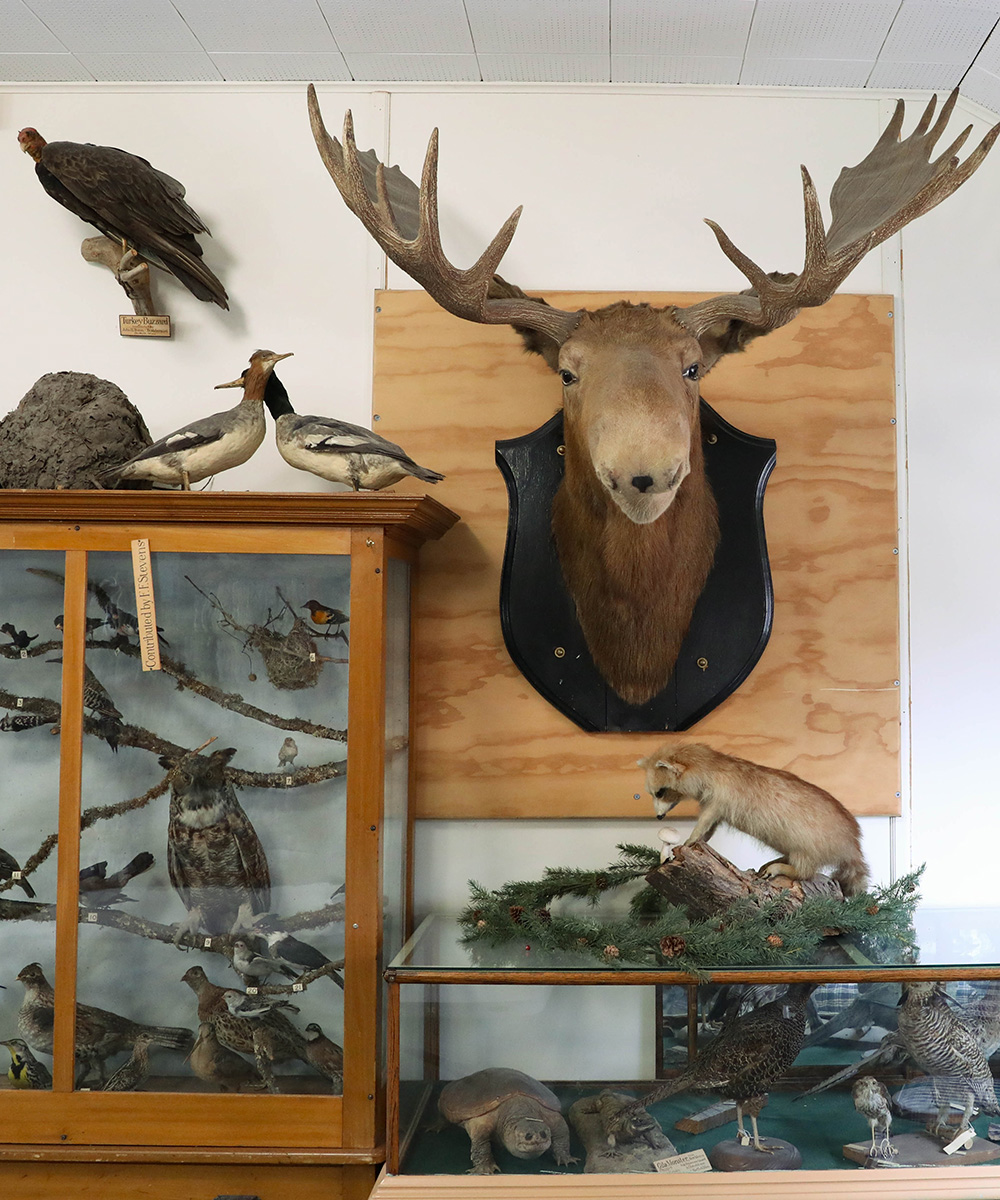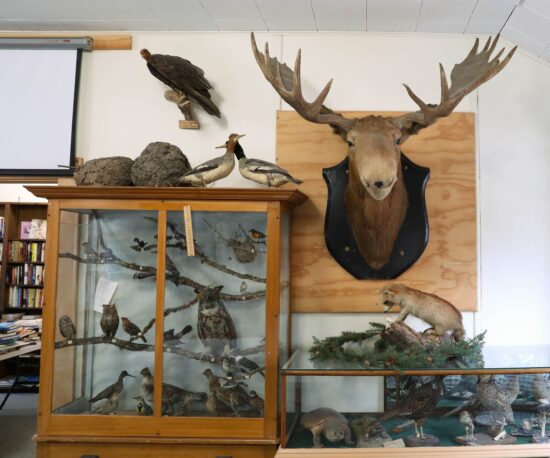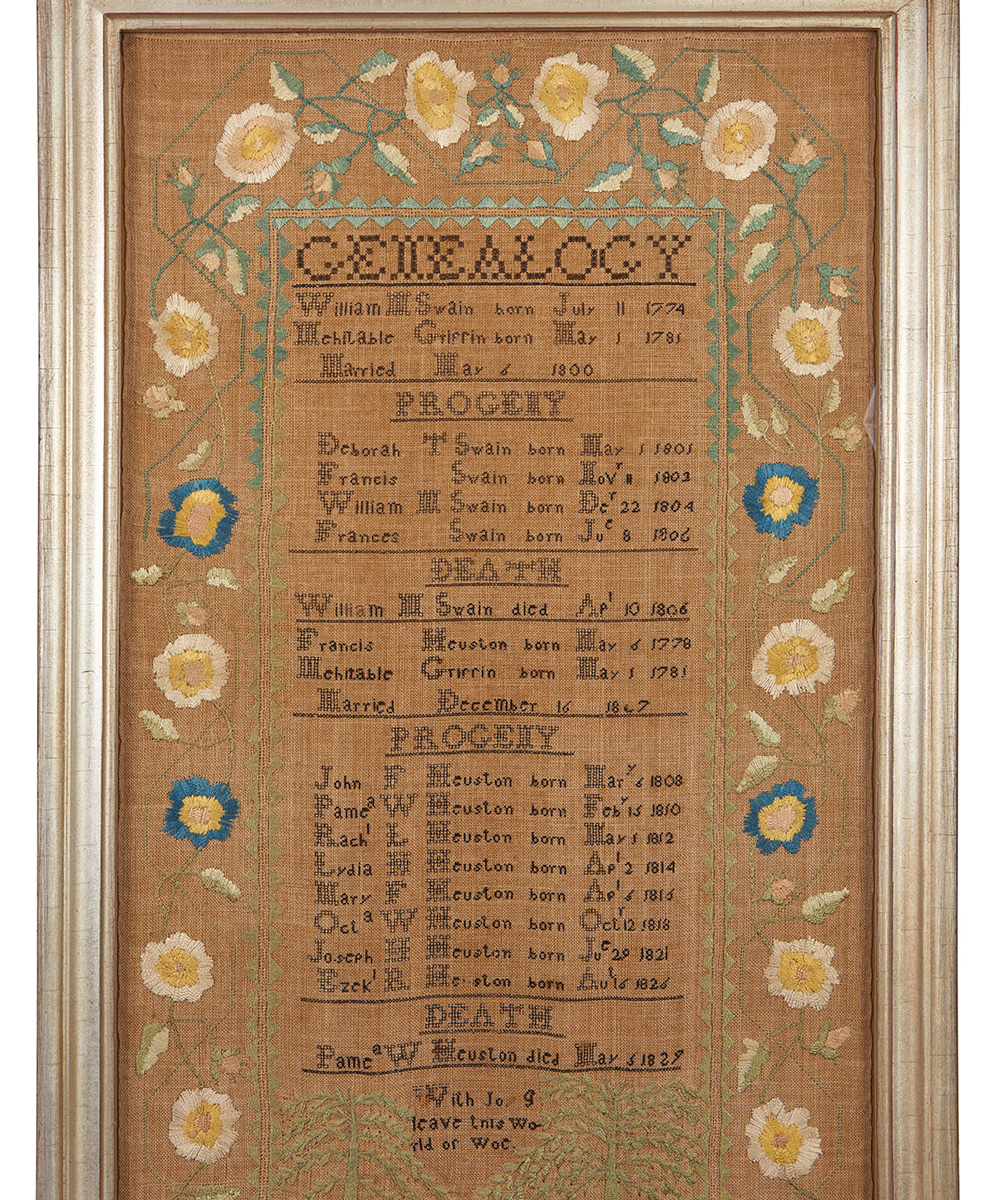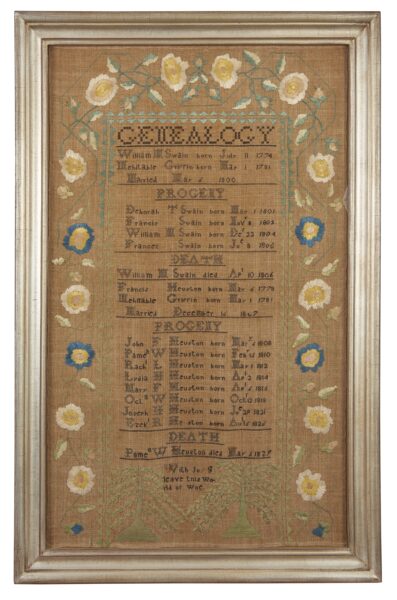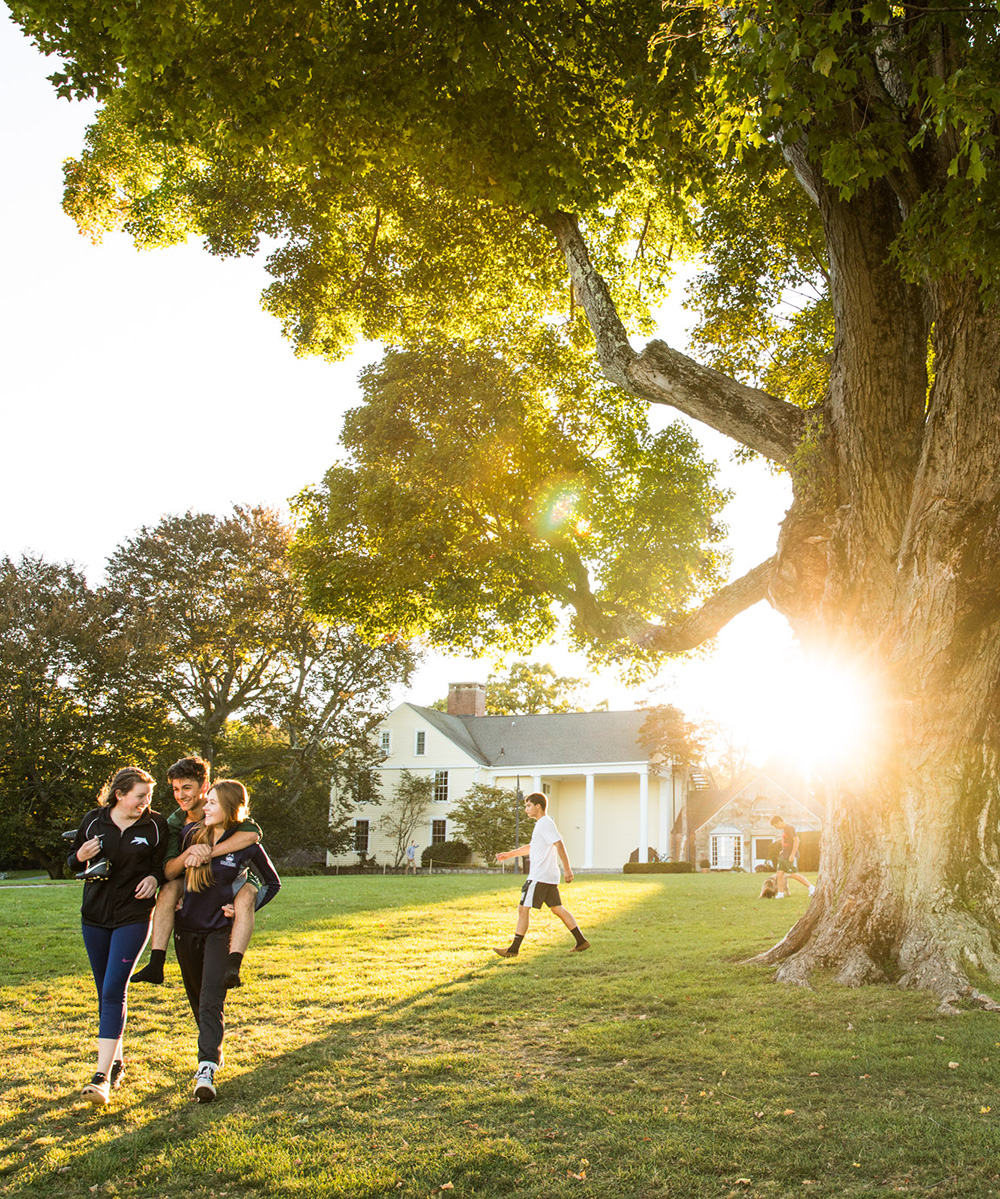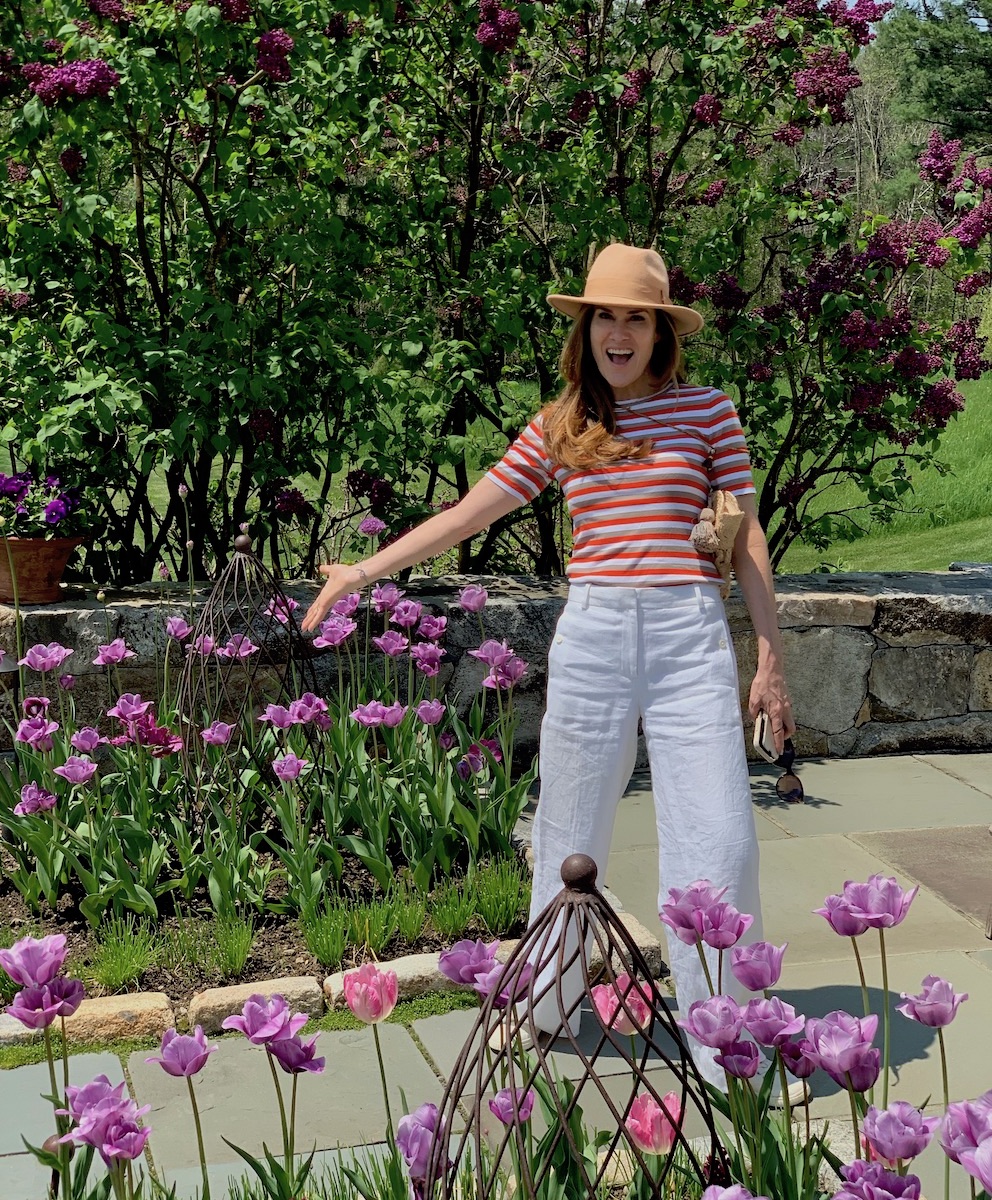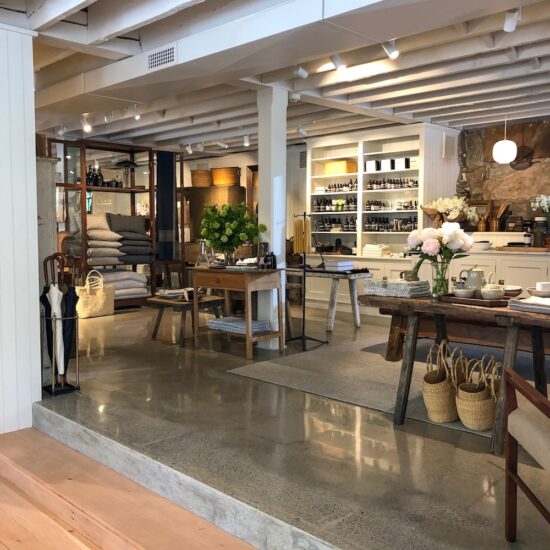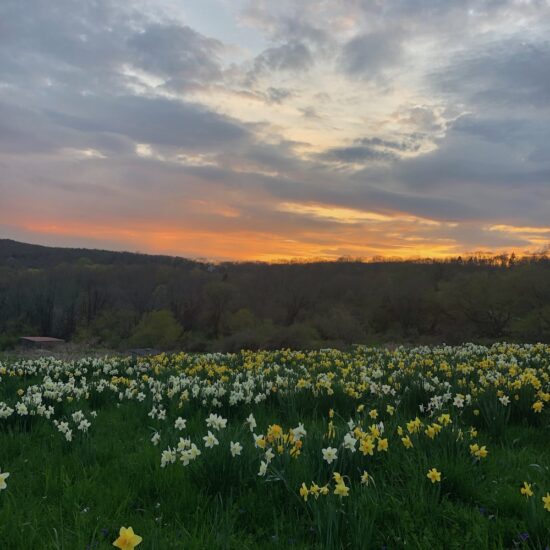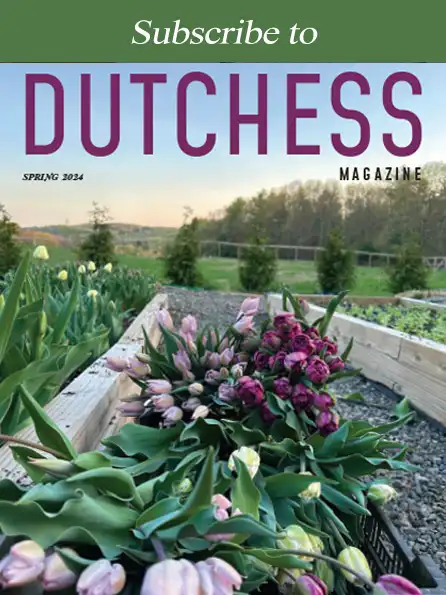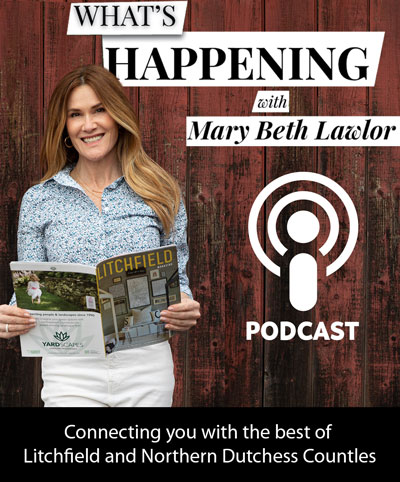Adrenaline, Excitement, and Camaraderie
By Clementina Verge
Imagine a place without speed limits, where drivers maintain ultimate control of thousands of pounds of metal and hundreds of horsepower. Now imagine doing so at some of the most prestigious race tracks in the world.
This thrill belongs to Lime Rock Drivers Club members whose coveted privileges include private track driving time, car control clinics, hospitality, guest services, terrific camaraderie, and now, expanded reciprocal privileges.
Domestic track experiences at Palmer in Massachusetts, Thompson in Connecticut, and the National Corvette Museum track in Bowling Green, Kentucky, are just the beginning. Members also have access to exciting international outings, including Germany’s Nurburgring Nordschleife, Ascari, a private race track in Spain’s Andalusia region, and Circuit de Spa-Francorchamps, home to the Belgian Grand Prix.
“These are bucket list tracks and moments,” relates LRDC member, Torsten Gross. “The club is giving me access to experiences that I normally would not have been exposed to, and expanding horizons and relationships.”
Throughout the year, LRDC participates in various events, such as a two-day track driving experience at Watkins Glen International, New York. In 2024, members can participate in a UK weekend and enjoy driving on the Brands Hatch Grand Prix circuit in Kent, England, followed by the three-day Goodwood Revival.
Located south of London in Chichester, on the estate of the Goodwood House, the revival is among the world’s most popular race meetings, recreating the golden era of motor sport from the 1950s and 1960s with its incredible array of classic and historic cars, from vintage Ferraris to iconic Jaguars.
“It may easily be the best party in the world,” conveys Simon Kirkby, internationally-renowned coach and director of Lime Rock Drivers Club.
The good times continue year-round for members and their spouses. In winter, fun outings include Monza Karting at Foxwoods, the nation’s only indoor karting track.
Chasing camaraderies and greatness is nothing new at Lime Rock Park. For 64 years, the world-class racing facility in Salisbury has attracted greats including the legendary Paul Newman, NASCAR Hall of Fame inductee Jeff Gordon, and Skip Barber, founder of the distinguished racing school bearing his name.
It is a legacy that the club and its members cherish. The 1.5-mile Lime Rock course looks simple, but elevation changes and seven adrenaline-inducing turns are no easy feat, especially when milliseconds count. A recently-paved, nearly one-mile proving grounds track used for car control, fully-paved paddocks, new restrooms, gardens, ponds, and spectator areas canopied by beautiful trees add practicality and beauty.
Ultimately, Lime Rock allows drivers not only to challenge personal capabilities, but to experience a car’s maximum potential in an ever-changing environment.
“No day on the track ever gets boring because every track has a life of its own,” Gross reflects. “Tracks are living, breathing, changing experiences shaped daily by temperatures, light, speeds, rubber, and other factors. The more tracks you drive, the better driver you become, and that’s really the Lime Rock Drivers Club purpose:
You will find people here who will nurture you on your journey at whatever point of the journey you’re in. That’s very special. As long as you have a passion for driving, you’re welcome here.” —limerockclub.com —goodwood.com







